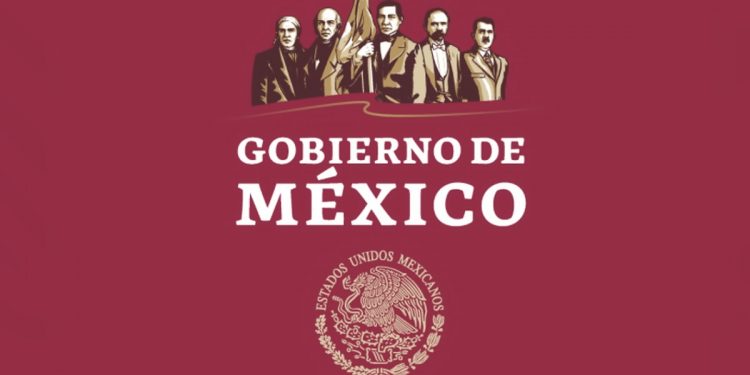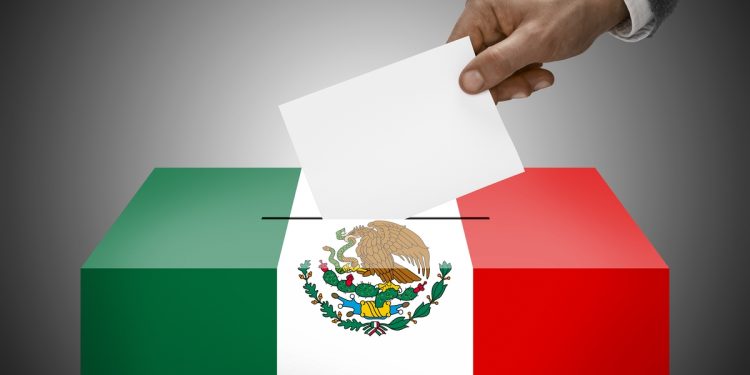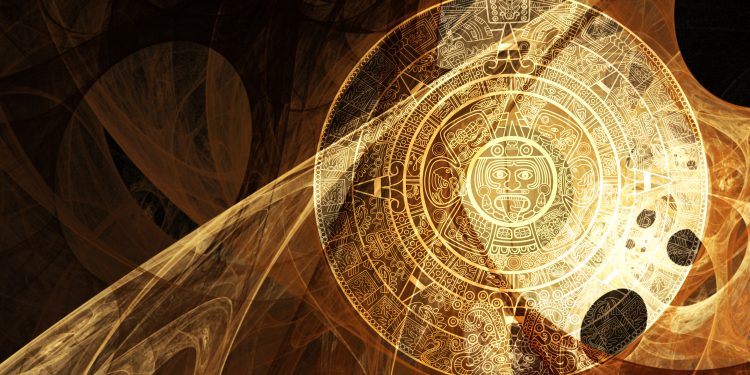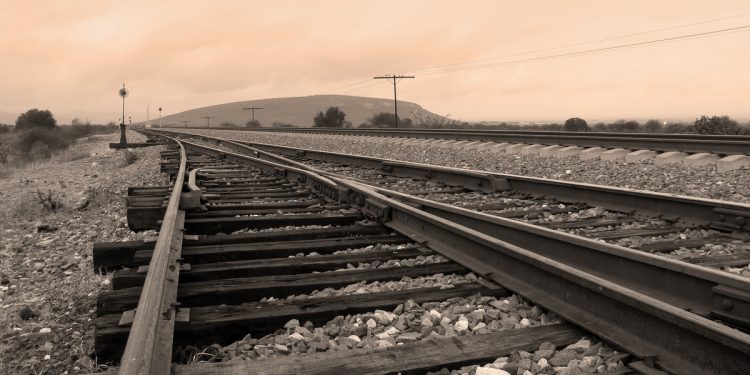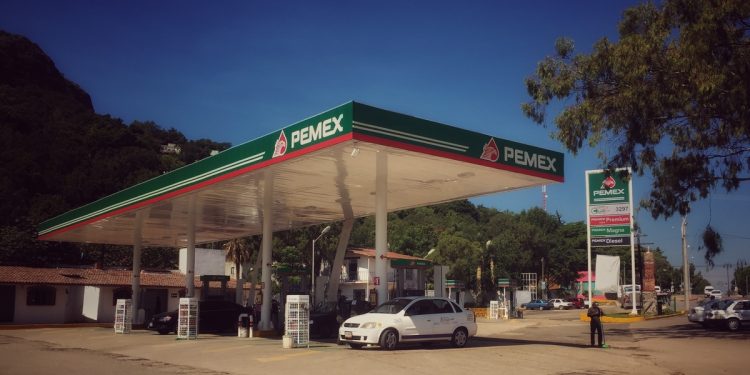Andrés Manuel López Obrador was sworn in December 1, 2018 as the new president of Mexico, five months to the day since his landslide election victory in July.
For the native of Tabasco state, winning the presidency was something of a lifetime dream. After being mayor of Mexico City from 2000 to 2005, López Obrador — who is commonly referred to by his initials as AMLO — first ran for president in 2006.
He lost that time by a razor thin margin and claimed fraud. In 2012 he ran again, and again finished second. In 2018 he ran for a third time with his own party — MORENA — and this time won by a landslide, getting more votes than the other three candidates combined.
As a left-wing president, AMLO has caused some to worry that he could undo the economic stability that took Mexico so long to consolidate after the crises of the 1980s and mid-1990s. Although some of his policies hark back to the past — for example, offering guaranteed prices to small farmers for crops they grow, or preferring state domination of the oil industry — he and his officials say they won’t be running up public debt or curbing the autonomy of the central bank, but will improve social programs and increase public investment by cutting government waste and eliminating government corruption.
The negative reaction in markets and on social media to his decision to cancel the new Mexico City airport, keep the existing airport in operation, and build runways at a military base north of the city could give the wrong overall impression about his popularity.
Flagship projects announced thus far include a 900-mile trans-peninsula passenger railway crossing the Yucatán dubbed Tren Maya, and a new oil refinery in the Gulf state of Tabasco. The Tren Maya project has been criticized as expensive and probably unprofitable. But its critics don’t often mention that the regeneration of passenger railways was a key component of the previous government’s national development plan.
The new president also announced the introduction of a 25 km (16 mile) deep ‘economic free zone’ corridor to run along the entire length of the 1,954-mile land border with the United States, to take effect on the 1st of January 2019. Sales tax (which is known as IVA and charged at 16% in Mexico) will be reduced to 8% in this zone and gasoline prices will match those in adjacent US border cities. (Gasoline prices in Mexico are nearly double those of the U.S.)
In tandem with the swearing-in of the new executive, the new administration revealed a new logo, colors and font for Government Ministries, which feature dark red and gold with bold lettering—a significant departure from the previous imagery that featured dark gray-on-white underlined by narrow red and green bands.
López Obrador sounds confident that his government platform will bear fruit for a broader section of the population, without upsetting the apple cart of economic stability forged by previous administrations. He has often said that what he wants is to be a good president, and that he will not be trying to change the rules to get re-elected.
Mexico’s long-standing opposition to re-election dates back to the dictatorship of Porfirio Díaz in the late 19th and early 20th century. It was a period of rapid development—including the country’s railways—but also of great inequality. Among López Obrador’s heroes from Mexico’s history is Díaz’s archrival Francisco I. Madero.
Mexico in your inbox
Our free newsletter about Mexico brings you a monthly round-up of recently published stories and opportunities, as well as gems from our archives.

